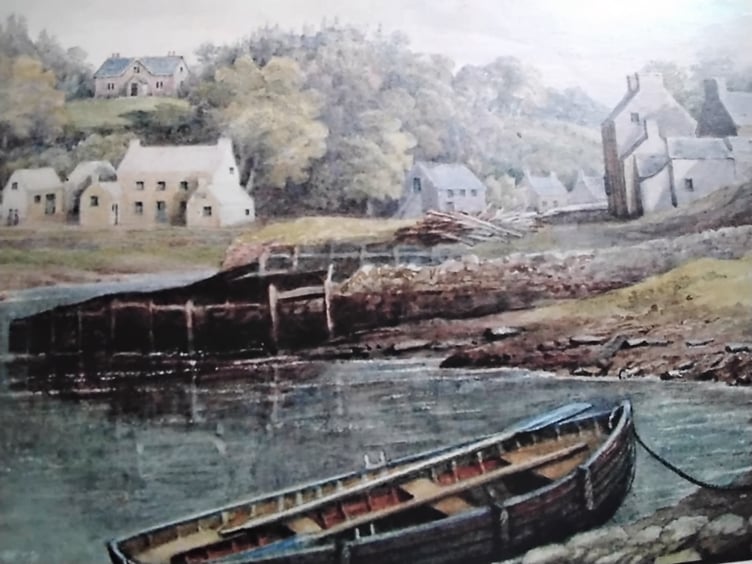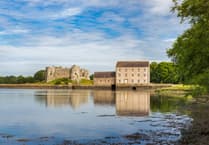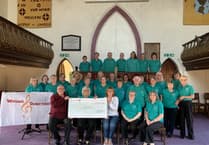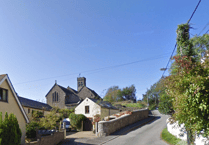The remarkable story of a blacksmith’s son from Cresselly who married a future Countess is told in the 2024 Journal of the Pembrokeshire Historical Society which has just been published.
George Gwyther was born at Cresswell Quay in about 1787 but moved to London in his youth to work as a gardener at his uncle’s plant nursery in Marylebone. Here he met Henrietta Leslie, aged 16; they fell in love and married in secret – which must have been a great shock to her family, since her father was the 13th Earl of Rothes in Scotland and Henrietta was the heir to the title and to a vast landed estate in Morayshire.
And when the Earl died suddenly in 1817, Henrietta became the 14th Countess of Rothes and George, the former gardener, found himself rubbing shoulders with the Scottish nobility.
As well as the story of George Gwyther, the 2024 Journal includes a wide range of articles on various aspects of Pembrokeshire history. Naval historian J D Davies uncovers a direct link to Nelson’s navy in the shape of the lazarette hulks which once formed part of the quarantine station in East Angle Bay where ships from the Levant bound for Bristol or Liverpool would have to undergo a period of quarantine.
Archaeologist Mike Ings has contributed a fascinating summary of recent archaeological discoveries in Pembrokeshire. These include the Neolithic sites uncovered by the recent road works near Llanddewi Velfrey and the Iron Age chariot discovered at a Pembrokeshire location that is still a closely guarded secret.
Other topics covered include the 17th century poetess known as ‘The Matchless Orinda’, shipbuilding in Castle Pill, Milford Haven, the Perrot family, the treatment of the poor in Llanstadwell parish in the 1820s and a local link to the Indian Mutiny of 1857.
Copies of the Journal can be obtained for £10 plus postage from Society Treasurer David Norris; [email protected].





Comments
This article has no comments yet. Be the first to leave a comment.